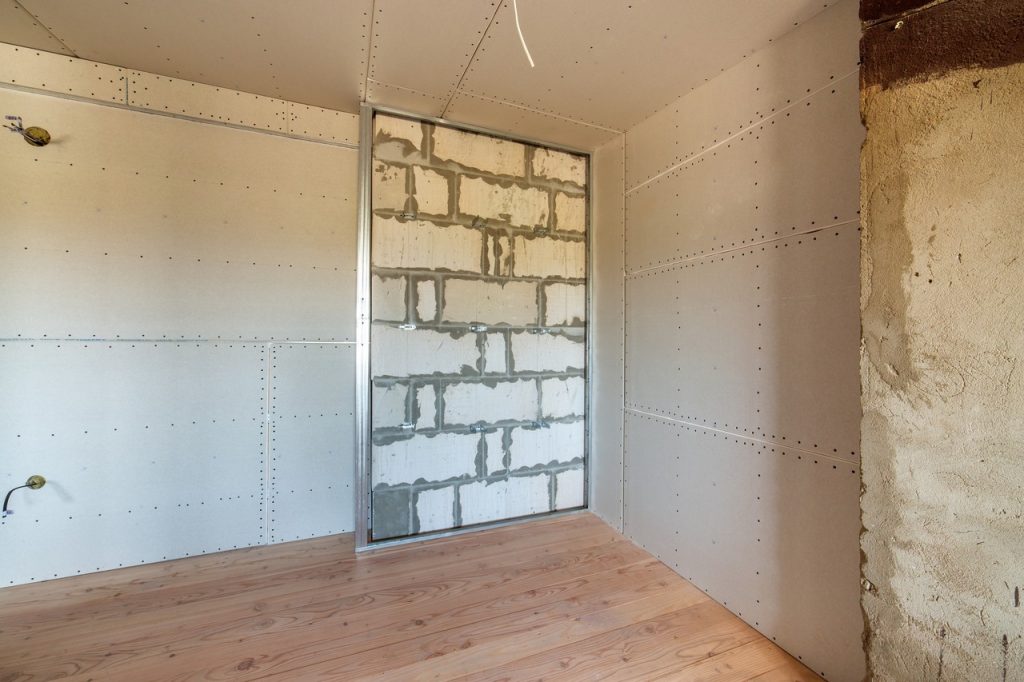Although it is hard to believe, cellular concrete has been present in the construction industry for almost 100 years. The modern architecture created using this material is constantly evolving, but one thing does not change: it remains an excellent building material for internal walls, both load-bearing and partition walls. So what is worth knowing when constructing them from cellular concrete?
There is much to suggest that cellular concrete is one of the best materials for constructing internal walls in buildings. For it has an excellent load-bearing capacity but is also relatively lightweight, which means that it doesn’t weigh down the ceiling. Additionally, it meets all kinds of standards related to sound insulation, and thanks to the vapour-permeability of cellular concrete blocks, it also allows for obtaining an appropriate microclimate in interiors. Another big advantage of these blocks is that walls made with them are smooth and easy to finish – they do not require sanding, although it can be done if necessary. Thanks to that finishing works take much less time

Partition walls in construction are defined as partitions that divide the interior, they are lighter, thinner and characterized by a thickness of 6 to 10 centimeters. Those made of cellular concrete have many advantages, because, as already mentioned, they do not overload the ceiling of the building, and in addition their erection is extremely easy and fast. In addition, in a situation where there is a need to enlarge the interior, demolition of such a partition is also not a problem
An important feature of cellular concrete blocks is also the fact that they can be easily cut to the desired shape, thanks to which they are also suitable for all kinds of half-walls, walls or arched partition walls which add variety to the appearance of the interior. The fact that cellular concrete makes it possible to fix more than just lightweight objects on it, as is the case with plasterboard, also makes it increasingly popular for creating interior walls in buildings
Partition walls made from cellular concrete are built from blocks which are no more than 10 or 12 centimetres wide, and have a density class of 500 or 600. As a result, they fulfil all building conditions
Apart from the fact that cellular concrete precision blocks can be used for building partition walls, they are also perfect as building material for load-bearing walls, the thickness of which should be about 20 centimetres as they are responsible for transferring loads from the ceiling to the foundations. Load-bearing walls created in this way are stable and completely safe, and they can be finished in any way you like, according to individual preferences and needs
Cellular concrete precision blocks are available on the market not only in various thicknesses and densities, but also in various size categories. Those with a tongue and groove profiled face are manufactured in the TLMB size category . It means that they are designed for joining with thin layer mortar. On the other hand blocks without profiling are produced in TLMA category and they can be built both with thin joint and classic mortar
>> See also: What to build external walls of?
To sum up, cellular concrete is a lightweight material which is easy to process and which guarantees the rapid construction of internal walls, and which is increasingly appreciated by investors who create buildings. One of the arguments in its favour is the dimensional accuracy of the blocks, which allows to estimate precisely the number of blocks needed, and thus also the cost to be incurred.